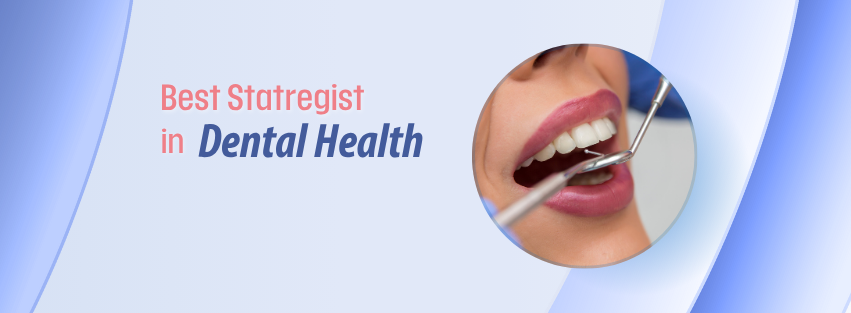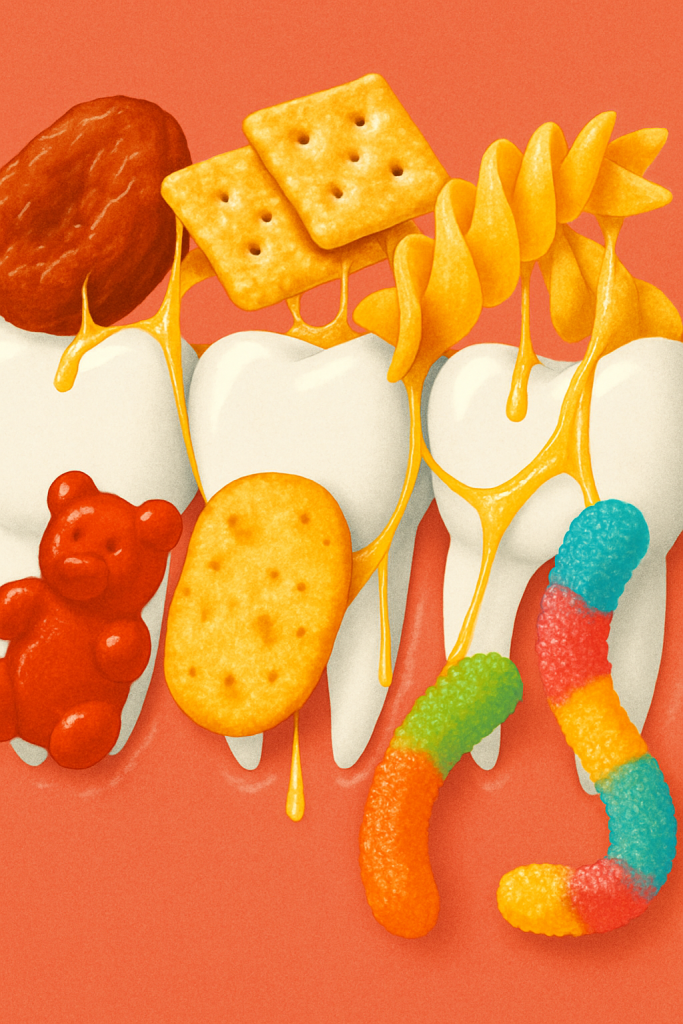
Introduction: The Invisible Battle in Your Mouth—And How You’re Unknowingly Fueling It.
I’ll never forget the first time I heard a dentist say, “Tooth decay isn’t a disease—it’s a process.” That simple statement changed everything for me. Before that, I’d assumed cavities were random misfortunes or genetic curses. But the truth is, decay is a slow-motion disaster caused by everyday choices, and it starts long before you feel pain.
In this post, we’re going to pull back the curtain on the major cause of tooth decay, moving beyond vague warnings like “sugar is bad” to explain the precise biological chain reaction happening in your mouth right now.
We’ll talk about the bacteria that throw a nonstop party on your teeth, how your diet hands them weapons, and why some people get cavities while others don’t. Most importantly, I’ll share how recognizing this process empowered me to finally stop the cycle of drill-and-fill appointments and take control of my oral health for good.
The Tiny Troublemakers—Meet your mouth’s resident bacteria.
At the heart of every cavity is a microscopic community of bacteria, primarily Streptococcus mutans. These bacteria are always present in your mouth—they’re not inherently evil, but they become problematic when given the right conditions.
Think of them like squatters who move into your teeth and throw wild parties. The fuel for these parties? Sugars and starches from your food. When you eat or drink something containing carbohydrates, bacteria break them down and produce acids as a byproduct. This acid is the real villain—it’s what dissolves the minerals (like calcium and phosphate) in your tooth enamel.
Over time, this demineralization creates white spots (early decay), then progresses to brown cavities. But here’s what’s fascinating: your mouth has a natural defense system! Saliva constantly works to neutralize acids, remineralize enamel with minerals from your diet, and wash away food particles.
However, if acid production overwhelms your saliva’s ability to cope, decay sets in. This explains why some people can eat tons of sugar and never get cavities (they have robust saliva flow or less aggressive bacteria), while others are more susceptible.
I used to blame my cavities on “weak teeth,” but after learning about this bacterial process, I realized my habits were giving the bad guys an unfair advantage.
The Double Whammy—How diet ignites the decay process.
While bacteria are the executors of decay, your diet is the mastermind that enables them. Every time you consume sugar or refined carbs, you’re essentially sending a care package to the bacteria in your mouth.
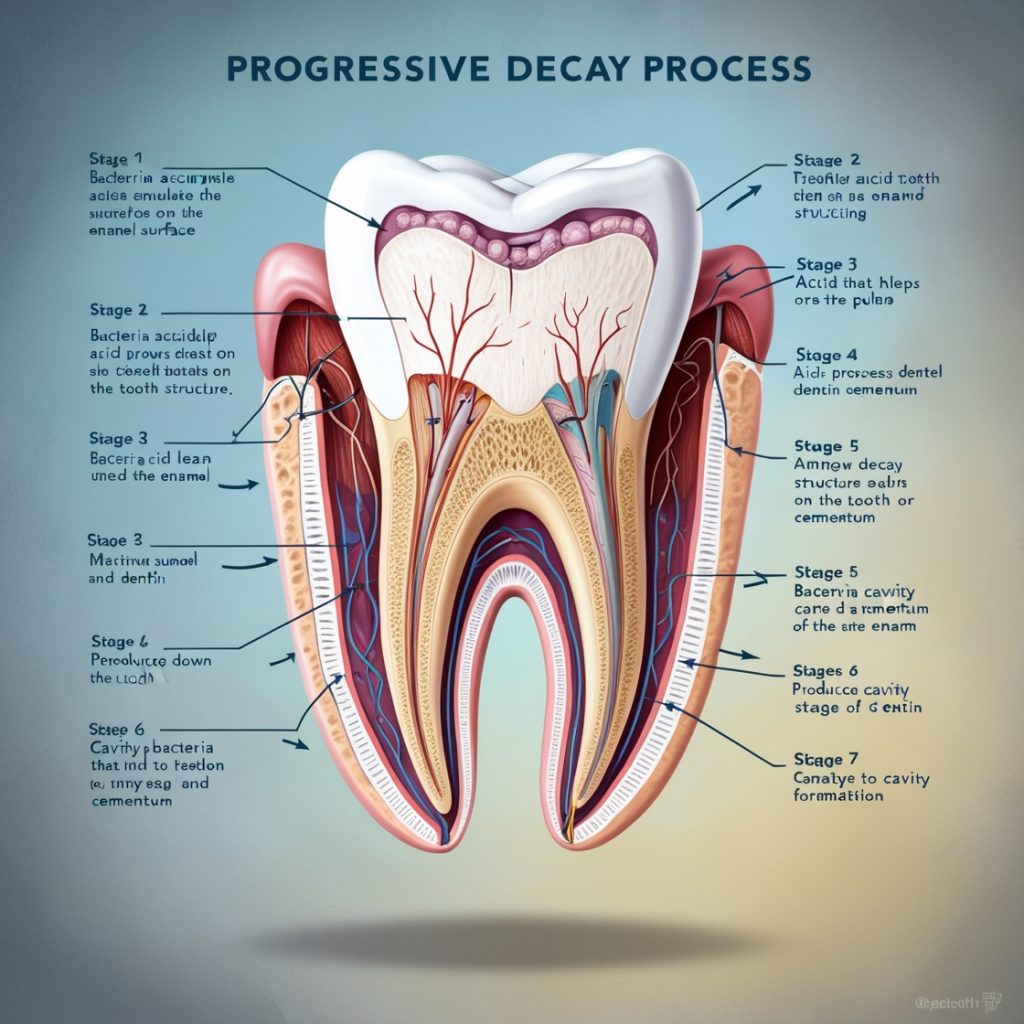
But it’s not just what you eat—it’s how often and how long it lingers. For example, sipping on soda throughout the day keeps acid levels high for hours, preventing your saliva from doing its repair work. Similarly, grazing on snacks like chips or cookies means your teeth are under near-constant attack.
I learned this the hard way when I worked a desk job and constantly nibbled on trail mix or crackers. Even though the portions were small, the frequency meant my mouth never had a break from acid production. And let’s not forget about sticky foods—like caramel or dried fruit—that cling to teeth, creating a sustained sugar source for bacteria.
But here’s a myth I want to bust: it’s not just added sugars that are problematic. Natural sugars (like those in fruit, milk, or honey) feed bacteria just as effectively. And refined carbs (white bread, pasta, pastries) break down into simple sugars almost instantly in your mouth. So, that “healthy” whole-grain muffin? It’s still a carb buffet for bacteria.
The Enabler—Poor oral hygiene lets decay run wild:
If diet is the fuel, poor oral hygiene is the open door that lets decay run rampant. Brushing twice a day and flossing daily aren’t just cosmetic rituals—they’re essential for disrupting the bacterial ecosystem. When you brush, you physically remove plaque (the sticky film of bacteria and food debris) before it hardens into tartar.
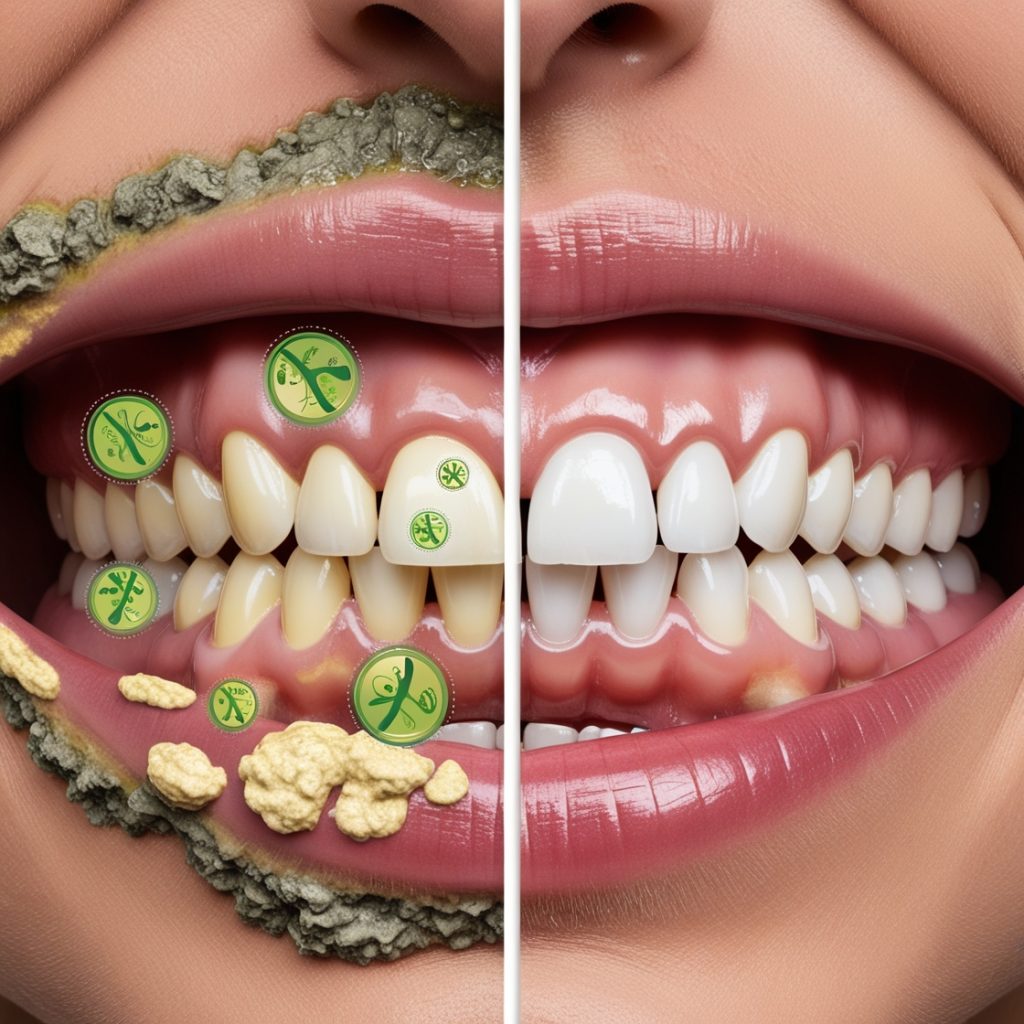
Tartar acts like a fortress for bacteria, shielding them from your toothbrush and allowing acids to eat away at enamel below the gumline. Flossing is equally crucial because it cleans between teeth, where decay often starts unnoticed.
I’ll admit—I used to be a “sometimes flosser,” and my dentist would always find cavities in those hard-to-reach spots. But here’s the kicker: even if you eat a perfect diet, skipping hygiene will eventually lead to decay. Why?
Because bacteria are always present, and without removal, they multiply and produce acids nonstop. In fact, studies show that people with excellent oral hygiene can often tolerate more dietary sugar without decay than those with poor habits. This was a game-changer for me. I realized that focusing only on cutting sugar wasn’t enough; I needed to be militant about cleaning my teeth.
The Hidden Accelerants—Dry Mouth, Genetics, and Lifestyle Factors.
While diet and hygiene are the primary drivers, other factors can turbocharge decay. For instance, dry mouth (xerostomia) reduces saliva flow, leaving acids unchecked and depriving teeth of remineralizing minerals.
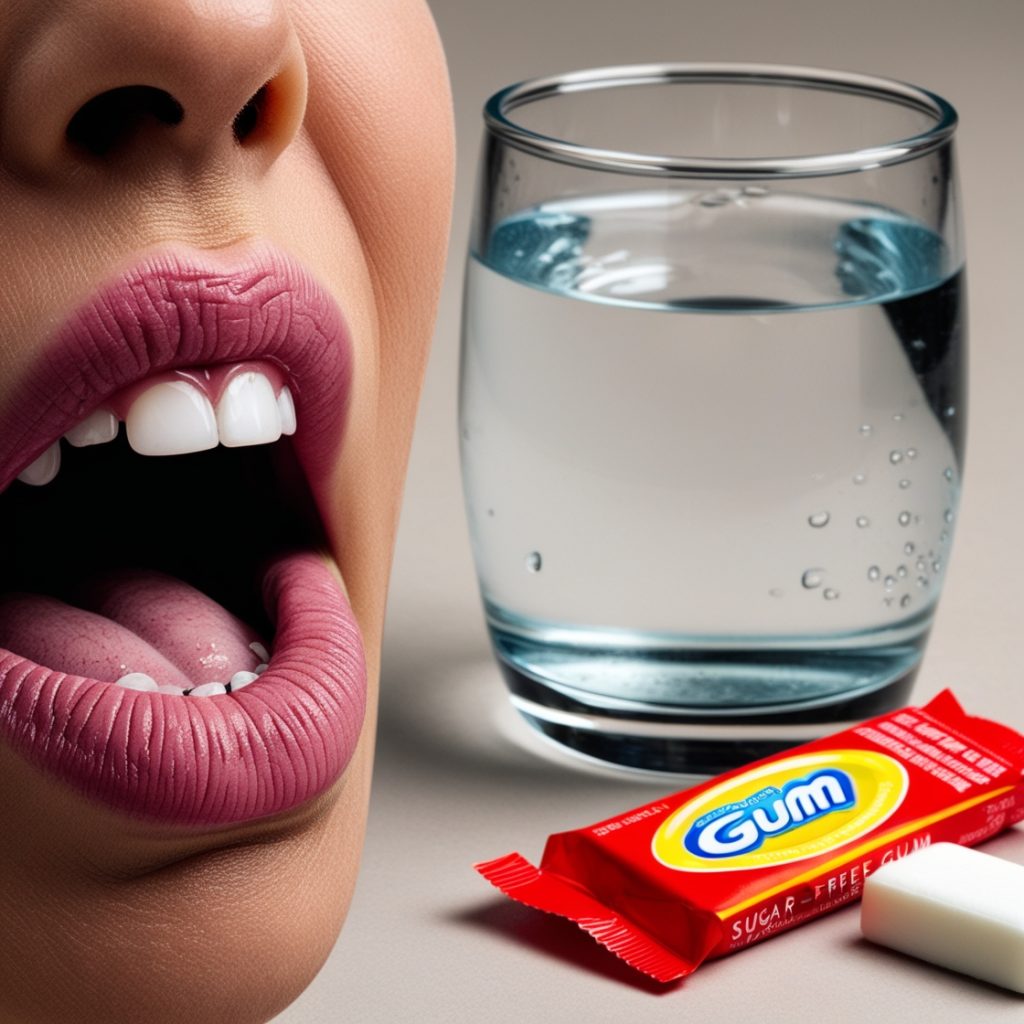
This can be caused by medications (like antihistamines or antidepressants), medical conditions (like diabetes or Sjögren’s syndrome), or even excessive caffeine or alcohol intake. I experienced this firsthand when I started taking allergy meds—they left my mouth so dry that my dentist warned me about rapid enamel erosion.
Genetics also play a role; some people inherit softer enamel or a mouth microbiome dominated by highly acid-producing bacteria. Lifestyle choices like smoking or vaping introduce toxins that damage gums and reduce blood flow, weakening the overall defense system.
Even stress can contribute by increasing inflammation and reducing saliva production. The point isn’t to make you paranoid—it’s to emphasize that decay is multifactorial.
If you’re doing “everything right” but still getting cavities, it’s worth investigating these hidden accelerants with your dentist. They might recommend fluoride rinses for dry mouth, sealants for deep grooves, or even genetic testing to tailor your prevention plan.
Conclusion: Reclaiming control—It’s a process, not a punishment.
So, what’s the major cause of tooth decay? It’s a perfect storm: bacteria + dietary sugars + poor hygiene, often amplified by factors like dry mouth or genetics.
But here’s the empowering part: because decay is a process, it can be stopped or even reversed in its early stages. You don’t have to be a victim of your past habits.
By understanding the chain reaction—how bacteria feed on sugars, how acid erodes enamel, and how hygiene disrupts the cycle—you can make targeted changes.
Start by keeping a food diary for a few days to spot hidden sugar traps or frequent snacking patterns. Commit to brushing for two full minutes twice a day (use a timer!) and flossing every single night. If you struggle with dry mouth, sip water constantly or try sugar-free gum with xylitol (it stimulates saliva and fights bacteria). And most importantly, build a partnership with your dentist.
Don’t just see them when you’re in pain; go for regular check-ups so they can catch early decay with tools like laser fluorescence or infrared cameras. Remember, your teeth are incredibly resilient when given the right support. With consistent effort, you can stop decay in its tracks and keep your smile strong for decades to come.
